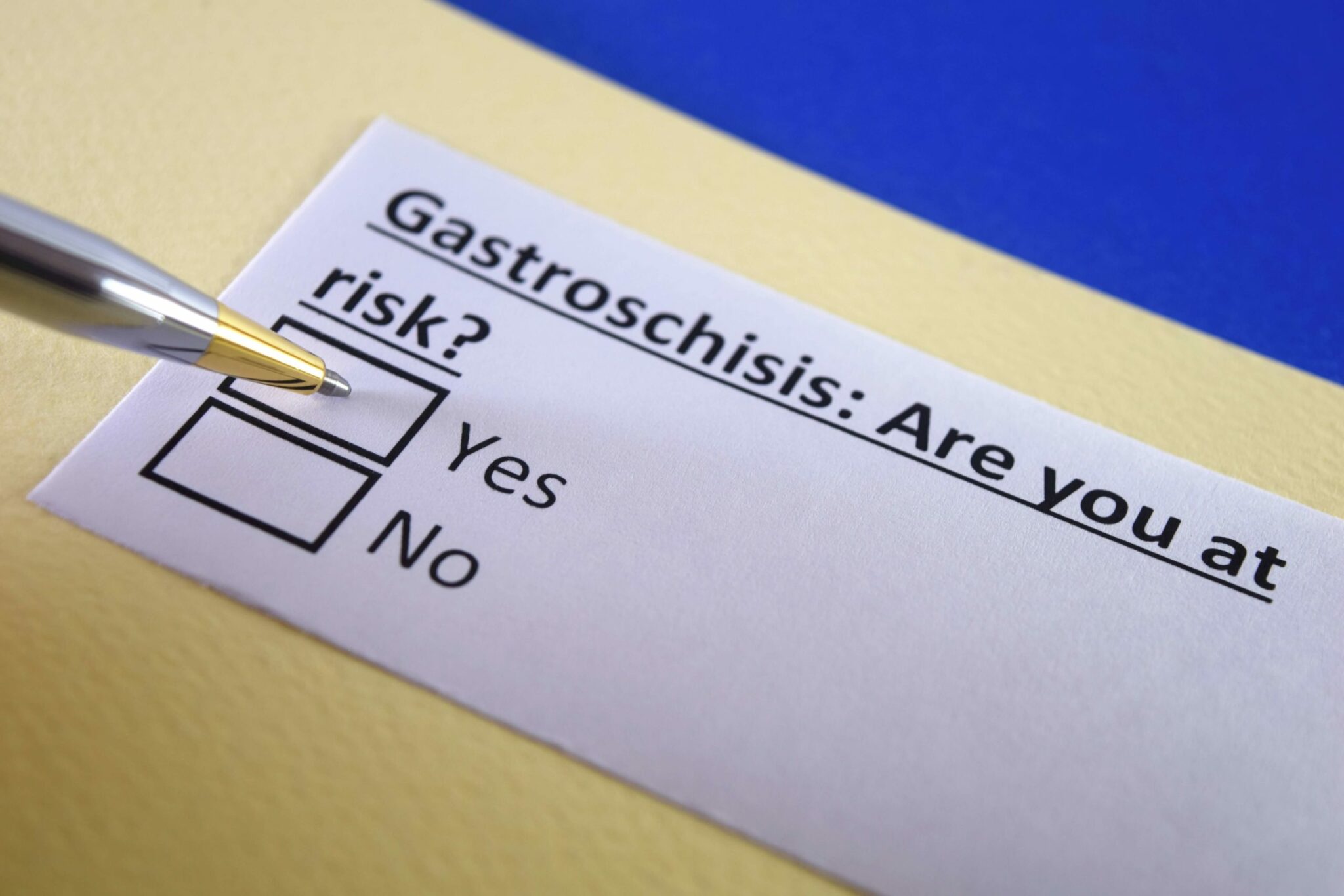Your Breastfeeding Success Rate Depends on Where you Live
If data from the Centers for Disease Control and Prevention (CDC) is correct, you are probably celebrating World Breastfeeding Week if you live in Idaho but may not be putting on your party hat if you live in the South.
According to the CDC’s most recent \”Breastfeeding Report Card,\” states that fared the worst when it came to mothers who had ever breastfed at any time included Mississippi (50.5 percent of moms did), Tennessee (59.6 percent), and Alabama (60.4 percent). The states with the lowest six-month exclusive breastfeeding rates are almost all Southern states, with Tennessee and Mississippi being the lowest. Breastfeeding rates in general—including at the three- and six-month marks—are highest in states like Idaho, California, New Hampshire, and Vermont.
While the CDC didn\’t poll moms of all these states as to why they did or did not breastfeed, the department did look at factors such as the percentage of hospitals that emphasize skin-to-skin and rooming-in at birth. In Mississippi, only 9.5 percent of hospitals have policies in place where 90 percent or more of babies are rooming-in, while in Idaho that number is a whopping 70.4 percent. Also, states with higher percentages of La Leche League leaders per 1,000 live births have higher rates of breastfeeding initiation and longer durations of breastfeeding. For example, Vermont has 3.13 La Leche League leaders per 1,000 births while Kentucky only has 0.34 La Leche League leaders per 1,000 births.
We know that one major barrier to exclusive breastfeeding includes income—working women with low incomes are some of the least likely to breastfeed because they are least likely to receive paid maternity leave. They are also more likely to be in the kinds of jobs where pumping breaks and adequate space to pump are not readily available (despite their legal right to them). Women most likely to breastfeed are Caucasian women in the highest income brackets.
Organizations like the Department of Health and Human Services, the United States Breastfeeding Committee, and La Leche League International all advocate for new moms to exclusively breastfeed for baby\’s first six months, as do all major medical organizations like the American Academy of Pediatrics. While this year’s CDC data does show that breastfeeding initiation rates are improving, we are still a long way off from meeting these goals.
Sources:
- Centers for Disease Control and Prevention
- Breastfeeding Report Card.
Wall Street Journal - 5 Reasons American Women Won’t Breastfeed.
Wall Street Journal - Breastfeeding: Big in Idaho, Behind in the South.
WomensHealth.gov - National Breastfeeding Campaign.
World Health Organization: Exclusive Breastfeeding.
Powered by Bundoo®










































